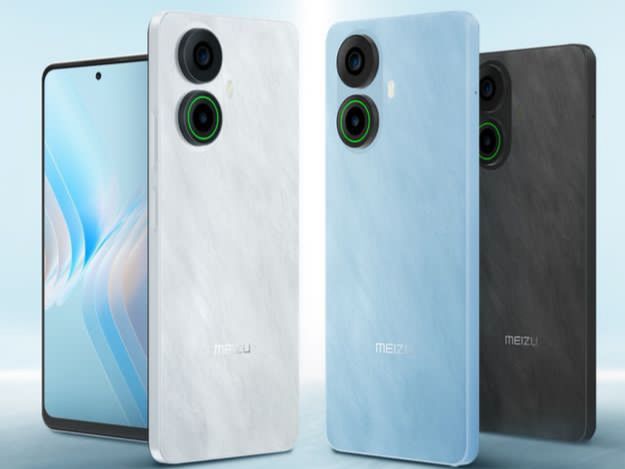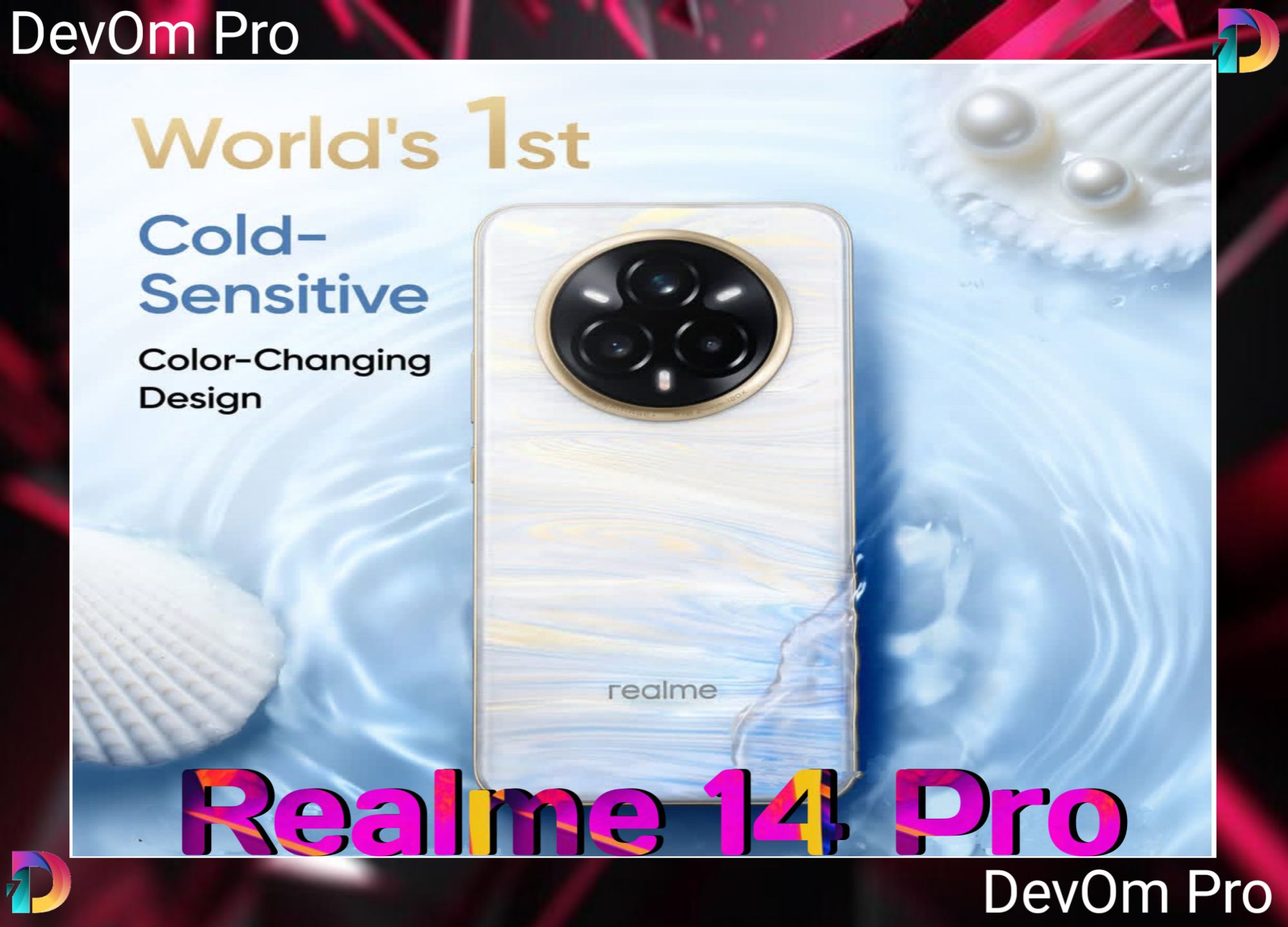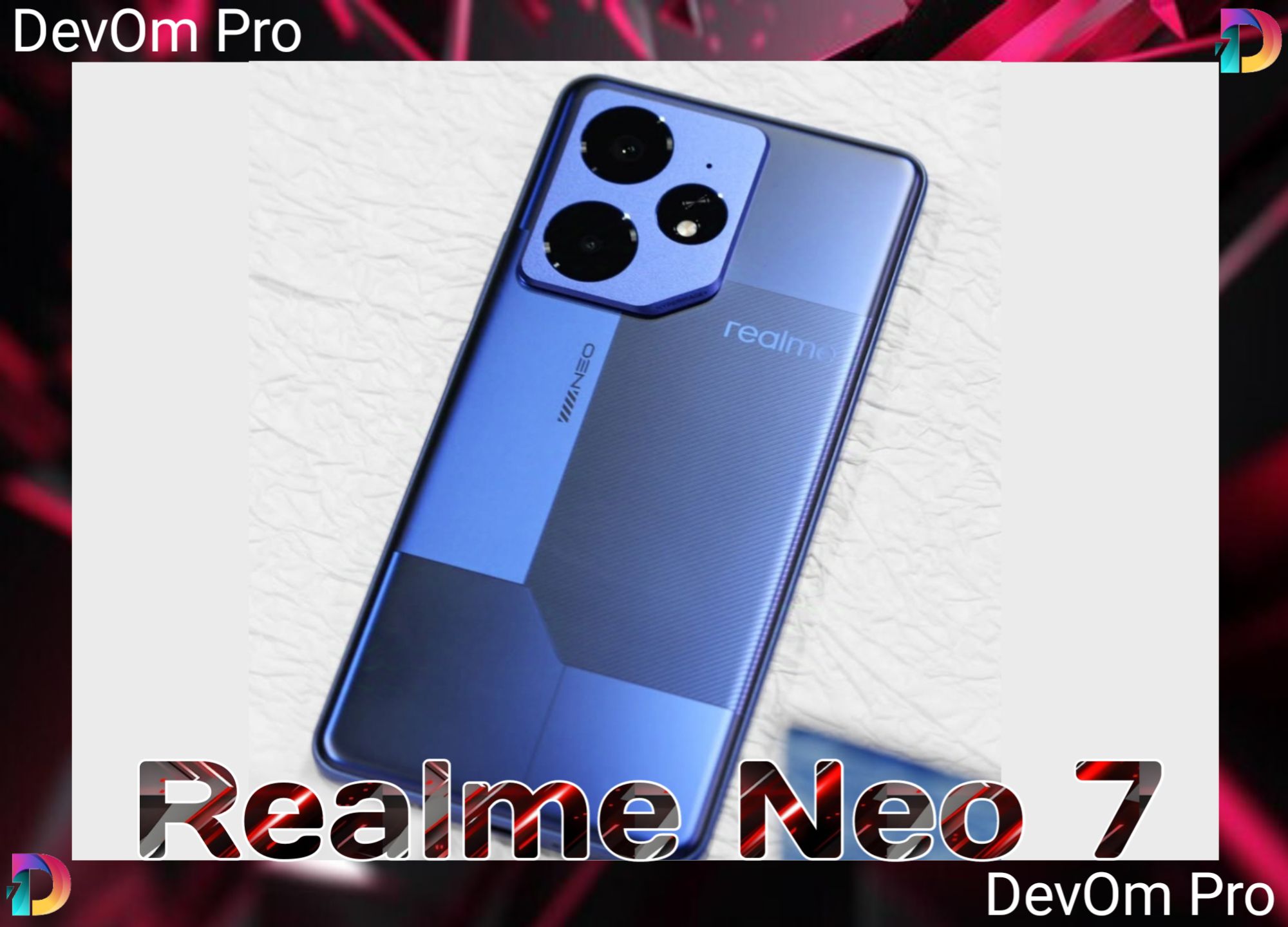In a world where technology constantly blurs the lines between physical and digital realities, Google has taken a monumental leap forward. Introducing Android XR, a cutting-edge platform designed to power the next generation of AI-driven headsets and smart glasses. This announcement marks a pivotal moment in extended reality (XR), where artificial intelligence (AI) merges seamlessly with augmented reality (AR) and virtual reality (VR) to redefine how we perceive and interact with the world.
Android XR: The Future of Immersive Interaction
Android XR is not just an operating system; it’s a comprehensive platform built to harness the power of AI for real-world applications. With capabilities like real-time translations, navigation assistance, and context-aware advice, Android XR transforms traditional AR/VR devices into indispensable companions for everyday life.
According to Google’s VP of XR, “AI is making tech more natural and conversational, unlocking groundbreaking XR experiences.” The platform focuses on intuitive interactions, enabling users to seamlessly integrate digital content into their surroundings. From professionals and students to travelers and gamers, Android XR promises to revolutionize various sectors by making XR more accessible, interactive, and intelligent.
Project Muhan: The Dawn of a New Era
Launching alongside Android XR is Project Muhan, Google’s flagship device and the first to leverage the new platform. Set to debut next year, Project Muhan represents the pinnacle of AI-enhanced wearables. It promises to bring Google’s renowned apps—like Maps, Lens, Translate, and Assistant—to life in ways never before imagined.
Key Features of Project Muhan:
Real-Time Translations
Imagine visiting a foreign country and reading signs or menus in your native language instantly. Project Muhan uses AI to overlay translations directly onto the user’s view.Smart Navigation
With turn-by-turn directions overlaid onto the real world, finding your way in an unfamiliar city becomes effortless. The device uses AR to guide users with virtual arrows and landmarks.Context-Aware Assistance
Need advice on choosing a product or finding a local hotspot? Project Muhan can analyze surroundings and provide personalized recommendations on the go.Seamless App Integration
Popular Google apps are redesigned for XR, offering immersive experiences that adapt to the user’s environment. For example, Google Calendar can project holographic reminders, while Google Meet can host virtual meetings in augmented spaces.
Revolutionary Applications Across Industries
Education
Android XR paves the way for immersive learning experiences. Students can explore historical landmarks, conduct virtual science experiments, or interact with 3D models in real-time, making education more engaging and effective.
Healthcare
Medical professionals can use Android XR for AR-assisted surgeries, training, and patient consultations, revolutionizing the healthcare sector with precision and accessibility.
Travel and Tourism
Travelers can leverage real-time translations, virtual tours, and AR-enhanced cultural insights, transforming every trip into a rich and informed experience.
Gaming and Entertainment
Gamers will experience unprecedented levels of immersion with interactive environments that blend seamlessly with their physical surroundings.
How AI Enhances Android XR
Central to Android XR is Google’s advanced AI technology. Here’s how AI empowers the platform:
- Natural Language Processing (NLP): Enables conversational interactions, making the device feel like an intelligent companion.
- Computer Vision: Allows devices to understand and interact with the physical environment, enabling object recognition and spatial mapping.
- Machine Learning: Continuously adapts to user behavior and preferences, delivering personalized experiences.
Competing in the XR Space
Google’s move into the XR domain positions it against major players like Apple’s Vision Pro and Meta’s Quest. However, Android XR’s unique selling point is its AI-first approach, setting it apart as a platform that prioritizes contextual intelligence and real-world applications over purely immersive entertainment.
Additionally, Android XR benefits from Google’s robust ecosystem of devices and services, offering seamless integration with Android smartphones, Wear OS devices, and Google Cloud.
What Lies Ahead for Android XR?
As Android XR and Project Muhan prepare for launch, the future of wearable technology looks incredibly promising. With its emphasis on AI, natural interactions, and real-world utility, Google is poised to lead the XR revolution. The combination of AI-driven capabilities, intuitive design, and powerful hardware promises a transformative experience that could redefine our relationship with technology.
By merging the physical and digital worlds like never before, Android XR is not just a step forward—it’s a giant leap into the future of augmented and virtual realities. As the launch of Project Muhan draws closer, all eyes are on Google to deliver a product that lives up to its groundbreaking potential.




